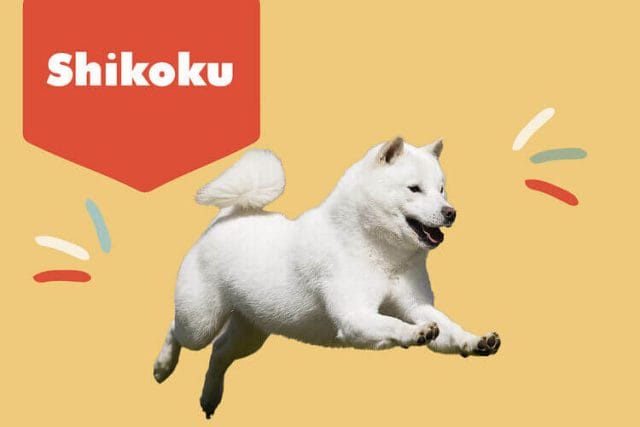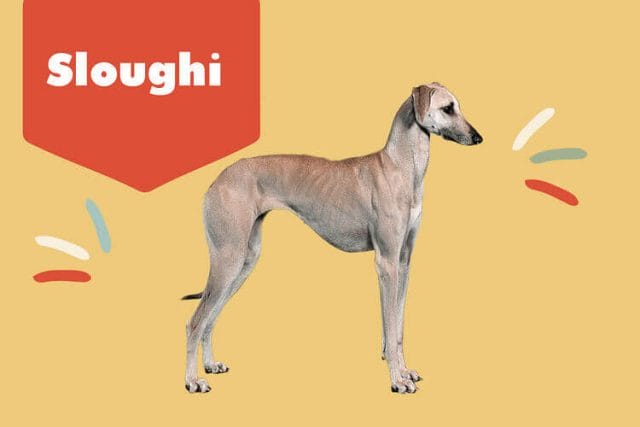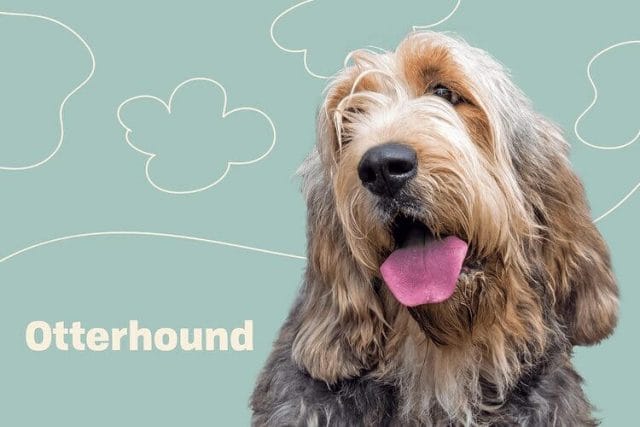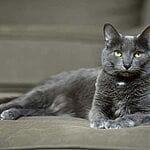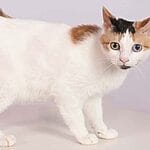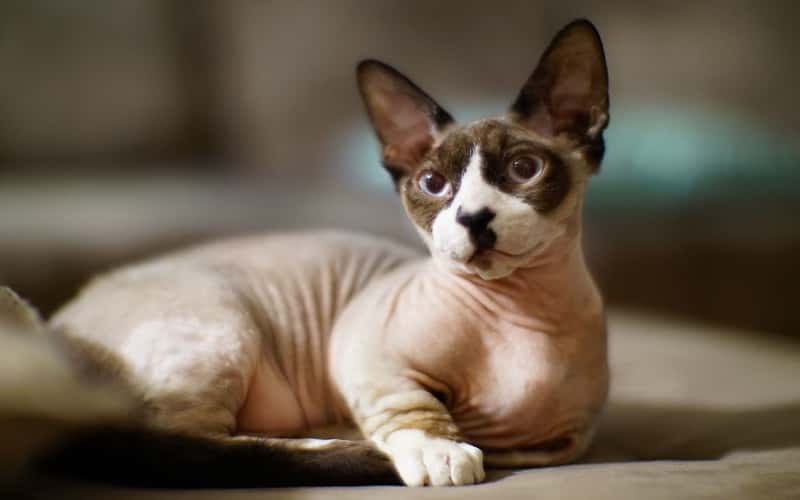Himalayan – Mixed Cat Breed Characteristics & Facts
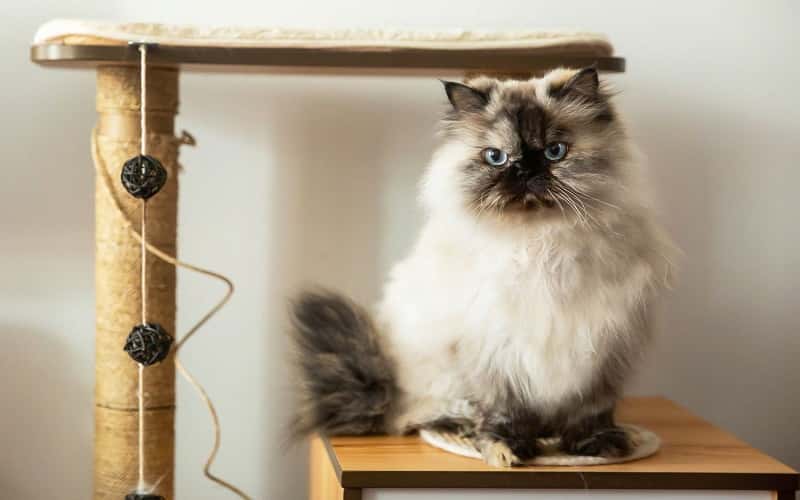
The Himalayan, or Himmie for short, is an affectionate but picky Persian dressed in Siamese drag. See all of the Himalayan traits below!
Himalayan Mixed Cat Breed Picture
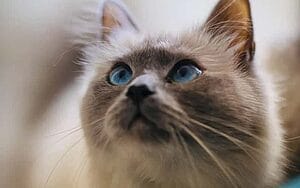

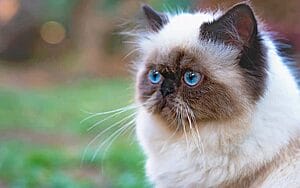

Himalayan – Mixed Cat Breed Characteristics
Affectionate with Family | **** |
Amount of Shedding | ***** |
General Health | ** |
Potential for Playfulness | * |
Tendency to Vocalize | |
Kid-Friendly | ** |
Friendly Toward Strangers | ** |
Easy to Groom | * |
Intelligence | |
Pet Friendly | ** |
Vital Stats:
| Life span: | 9 to 15 years |
| Length: | 17 to 19 inches |
| Weight: | 7 to 12 pounds |
| Origin: | United States |
History
The Himalayan, also known as a Himmie, is a Persian dressed in Siamese drag. The Himalayan is a man-made breed that was created by mating Persians with Siamese to add the color points and blue eyes of the Siamese. This is in contrast to its parent breeds, the Persian and the Siamese, which are both considered natural breeds, meaning they weren’t created through human intervention.
Breeders started working toward this objective in 1931, initially just to understand how the colorpoint gene was transmitted. Virginia Cobb, a cat breeder, and Clyde Keeler, a researcher at Harvard Medical School, created longhaired cats with the distinctive colorpoints of the Siamese through selective breeding over a number of years. Newton’s Debutante was the name given to the first Himalayan kitten.
Breeders in North America and Britain developed an interest in developing a Siamese-pointed Persian in the 1950s. They bred the cats back to Persians to establish breed type after using the Cobb-Keeler “recipe” to create the colorpoint pattern. Once the cats produced pure offspring, breed recognition was sought.
Depending on which cat association you speak with, he may or may not be regarded as a distinct breed or a variation of the Persian. In 1957, the Cat Fanciers Association recognized the Himalayan as a separate breed.
However, in 1984, the CFA Board of Directors changed the Himalayan’s classification to that of a Persian color variation. Both the International Cat Association and the American Cat Association classify the Himmie as a member of the “Persian Group,” which also includes the Persian and the Exotic Shorthair. The Himalayan is also regarded as a color variation of the Persian by both organizations.
The Himalayan and Persian are categorized differently in other registries, such as those run by the American Association of Cat Enthusiasts, the American Cat Fanciers Association, and the Traditional Cat Association. The Siamese is no longer a part of the Himalayan breeding program, but Himalayans may be outcrossed to Persians or, in some associations, Exotic Shorthairs. And today, the Himmie is one of the most well-liked pedigreed cats, regardless of his name.
Size
This cat is of a medium size. Himalayans typically weigh between 7 and 12 pounds.
Personality
The Himalayan is sweet, submissive, and quiet like the Persian. She is a decorative piece in any home where she can take pleasure in sitting on a lap, which is unquestionably her proper place, being petted by those who are perceptive enough to appreciate her superior qualities, and having fun with kind kids who will gently brush her hair, push her around in a baby carriage (but not dress her up), let her play with an interactive toy, and then serve her tea at their get-togethers.
Although they are affectionate, Himalayans are picky. Only a select few visitors they feel they can trust and members of their family receive their full attention. Himalayan cats prefer a calm home with minimal daily change; loud environments are not their style. They are sedate cats.
Himmies communicate their simple needs with large, expressive eyes and a voice that has been characterized as soft, pleasant, and musical: regular meals, a little playtime with a catnip mouse or feather teaser, and lots of love, which they reciprocate tenfold. This cat is not likely to jump on your kitchen counters, climb up your curtains, or perch on top of your refrigerator.
She is content to rule her domain from the ground or easier-to-reach furniture. The Himalayan is content to adorn a chair, sofa, or bed when you are at work or otherwise occupied until you have time to admire her and give her the attention she gladly accepts but never demands.
Health
Pedigreed and mixed-breed cats both have varying rates of health issues that could be genetic in origin. Exotics are attractive and affectionate, but they are also susceptible to a variety of health issues, the majority of which are associated with their facial features:
- Difficulty breathing or noisy breathing brought on by compressed nostrils.
- Dental malocclusions, in which the teeth don’t fit together properly.
- A lot of tears.
- Such as progressive retinal atrophy, entropion, and cherry eye.
- A nervous system condition called feline hyperesthesia syndrome.
- Sensitivity to heat.
- A genetic test is available for the condition polycystic kidney disease.
- A susceptibility to the fungal infection ringworm.
- A skin condition called seborrhea oleosa that results in itching, redness, and hair loss.
Care
The requirement for daily grooming is the most crucial aspect of caring for a Himalayan to comprehend. That long, lovely coat doesn’t keep itself tidy and untangled on its own. Every day it needs to be combed gently but thoroughly, and regular bathing—at least once a month—is a good idea. The issue of the litter box should also be taken into account.
A Himalayan may get litter stuck in his or her paws or coat. A Himmie is more likely than most to simply stop using the box if the cat and the litter box aren’t kept impeccably clean. This breed’s propensity for excessive tearing calls for daily cleaning of the eye corners to avoid the development of under-eye stains. To prevent periodontal disease, brush your teeth.
Although daily brushing is preferred, once a week is still preferable to never. Keeping a Himalayan as an indoor-only cat is a good idea. He is not a scrapper and would struggle to survive against other cats, dogs, coyotes, and other threats that cats who venture outdoors must contend with. Himalayans who venture outside also run the risk of being taken by a person who wants to own such a stunning cat without having to pay for it.
Coat Design and Maintenance
The Himalayan shares the Persian’s sweet expression and its soft round lines, with the exception of coat pattern. Large, round eyes, a short nose, full cheeks, and small ears with rounded tips are all features of its large, round head. The head is supported by a short, thick neck and an apparent robust, muscular body type called “cobby.” A Himalayan dog has large, round, firm paws and short, thick, strong legs.
Although short, the tail is in proportion to the cat’s body. The Himalayan completes its appearance with a long, thick, shiny coat that has a fine texture. It has long hair all over the body, including long tufts on the toes and ears, a thick frill between the front legs, and a full “brush,” or tail.
The Himalayan is bred in the point colors of chocolate, seal, lilac, blue, red, cream tortie, blue-cream, chocolate-tortie, lilac-cream, seal, blue, and red lynx, cream, tortie, blue-cream, and chocolate, lilac, and cream lynx. Only the facial mask, feet, ears, and tail are colored, and the body is various shades of white to fawn. The eyes of the Himalayan are only available in one color, a deep, vivid blue, unlike those of the Persian and Exotic.
Himalayans can have extreme or traditional “looks,” among other variations. The show ring’s “extreme” Himalayans have flatter faces, which may cause breathing issues. Cats with the traditional appearance have a less flat face and a nose that is set lower on the face and has more of a “break,” allowing for easier breathing. The Traditional Cat Association has them on file.
Kids and other animals
Himalayans aren’t the best choice for a household full of energetic kids and dogs, but they don’t mind being the center of attention for a kind child or getting along with a friendly dog who doesn’t chase them around or otherwise stress them out.
Creator: PetsCareTip



